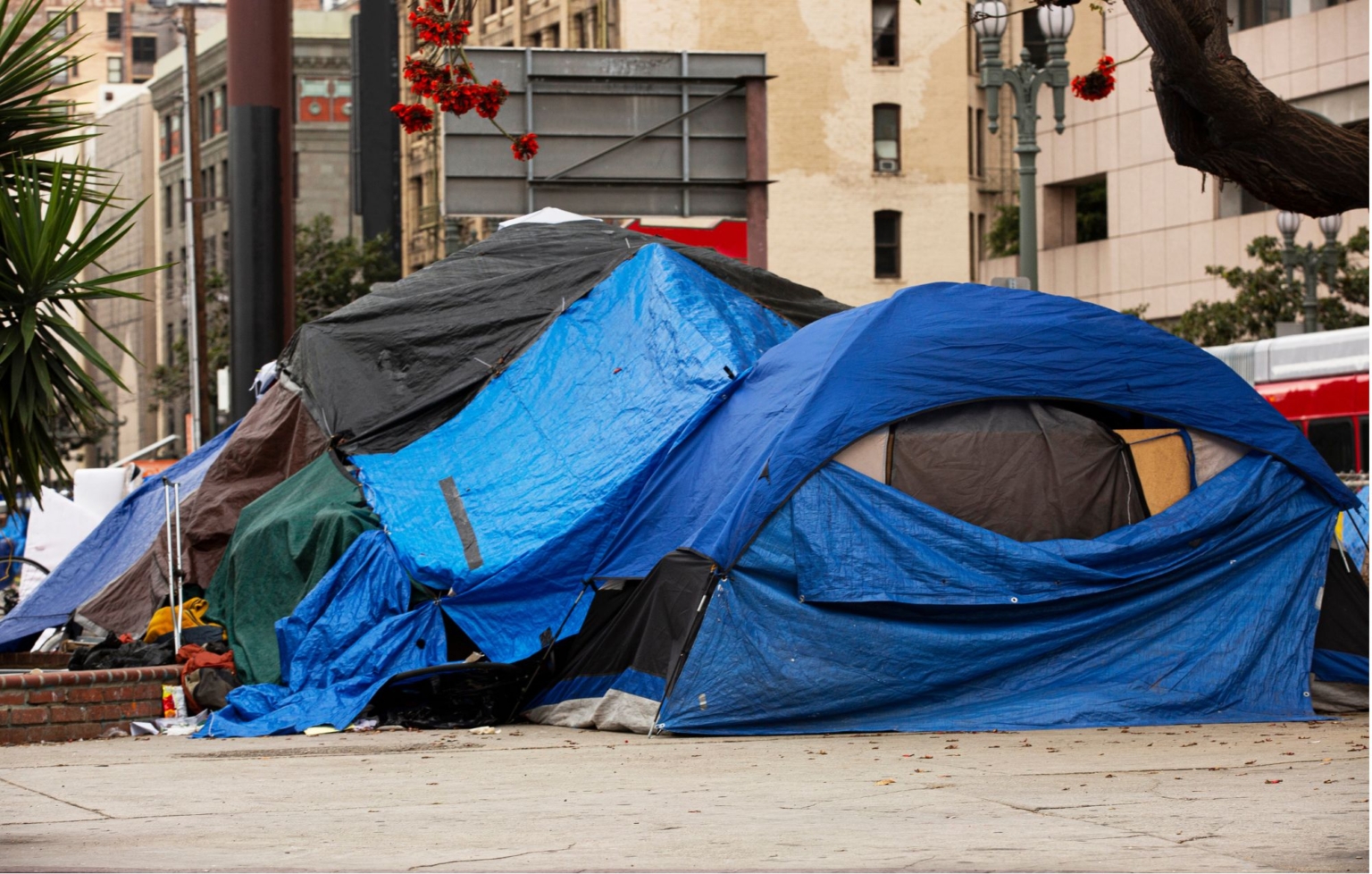Driving into D.C. for work, I’ve noticed an increase in the number of homeless tent encampments over the past year. I worried this would be the case as Federal COVID-related funds were set to expire. I hoped I was wrong. I wasn’t. I delved into the data and this is what I found from the 2023 Point-in-Time data released from Mayor Bowser’s Office:
In 2023, D.C. counted 4,922 people who were unhoused – an 11.6% increase from 2022, with a 12.1% increase among families.
This increases follows the lowest rate of homelessness in D.C. just one year back.
How Do We Count People Experiencing Homelessness?
Given my job in data analytics, I’m always curious about how we get to the numbers. D.C.’s homeless numbers come from a combination of an annual Point-in-Time (PIT) survey and a head count of emergency shelter residents. The PIT is not unique to D.C. – it’s a requirement of the US Department of Housing and Urban Development (HUD). Across the United States, every state holds an annual PIT on a winter night, usually in January. Volunteers and street outreach workers go out to speak to and count those who are experiencing homelessness on the streets. They track the data in an app and provide necessities like winter clothing. Simultaneously, shelters and other programs count the people using their services so that no one is duplicated in the count. As you can imagine, it’s easy to wonder about the accuracy of the count as it would not include people who are experiencing homelessness, but staying temporarily with friends or family. Also, given cold temperatures, people experiencing homelessness may seek protection from the weather by taking shelter in abandoned building or other places that provide a reprieve. All this to say that most people that the PIT undercounts the number of homeless people. You can learn more about the PIT here. HUD is also working on a “Youth Count!” initiative to get a better count of the homeless youth population – Youth Count! is not implemented across the country, but D.C. participates in this additional initiative.
A Unique Population Experiencing Homelessness: Youth Aging out of Foster Care (https://dcist.com/story/23/04/17/dc-foster-care-housing-voucher-2023/)
Homelessness definitely impacts our children – D.C.’s 2023 PIT counted 704 homeless children in DC families and the 2022 Youth Count! counted 948 unaccompanied homeless youth under the age of 25 (these 948 kids are not included in the PIT estimates). One unique population at risk for homelessness are former foster youth. National studies estimate between 25- 50% of kids who leave foster care experience homelessness within four years. Due to a lack of support during their time in care, many system-involved young people don’t have a job, savings or anyone they can turn to.
Instead of moving into an apartment of their own, young people leaving foster care often end up at transitional housing programs or moving in with the biological family members who may not be able to support them. In FY2022, 38 young people aged out of care in D.C.: 15 were employed, and the most common housing options were a placement with biological family, foster family or transitional housing, according to CFSA oversight responses. Given that CFSA doesn’t track youth after they leave the system, we don’t know how many of those initial placements are successful, but we know that D.C. has room to improve in helping youth transition to stable housing.
Federal Housing Voucher Programs: Why Isn’t D.C. Using All the Vouchers?
The federal government funds two voucher programs that provide up to five years of housing for former foster care youth — 1) the Family Unification Program (FUP) and 2) the Fostering Youth to Independence Initiative (FYI). D.C. has failed to use all the vouchers available for the city over the past several years.

D.C. Council passed a bill – Preserving Our Kids’ Equity Through Trusts (POKETT) Amendment Act of 2022 – that has promise to help foster youth transition to stable house, including getting better use of the aforementioned Federal vouchers. CFSA is slated to fully implement the POKETT Act in the coming year. The agency already reports distributing more vouchers, and has approved 17 vouchers since April for foster youth at risk of homelessness. CFSA is also taking steps to help young people in foster care claim and save any benefits they may be eligible for, a sum experts say can help young people afford stable housing when they leave care.
With the reforms, CFSA expects to connect enough young people and families to the FUP vouchers by Dec. 31 that D.C. will be able to apply for more vouchers from the federal government. This would be a win for the city that could save many young people from experiencing homelessness upon leaving foster care.
Header photo from MattGush from Getty Images
About the author

Chaya Merrill, DrPH
Director of Child Health Data Labwithin the Child Health Advocacy Institute at Children's National Hospital



